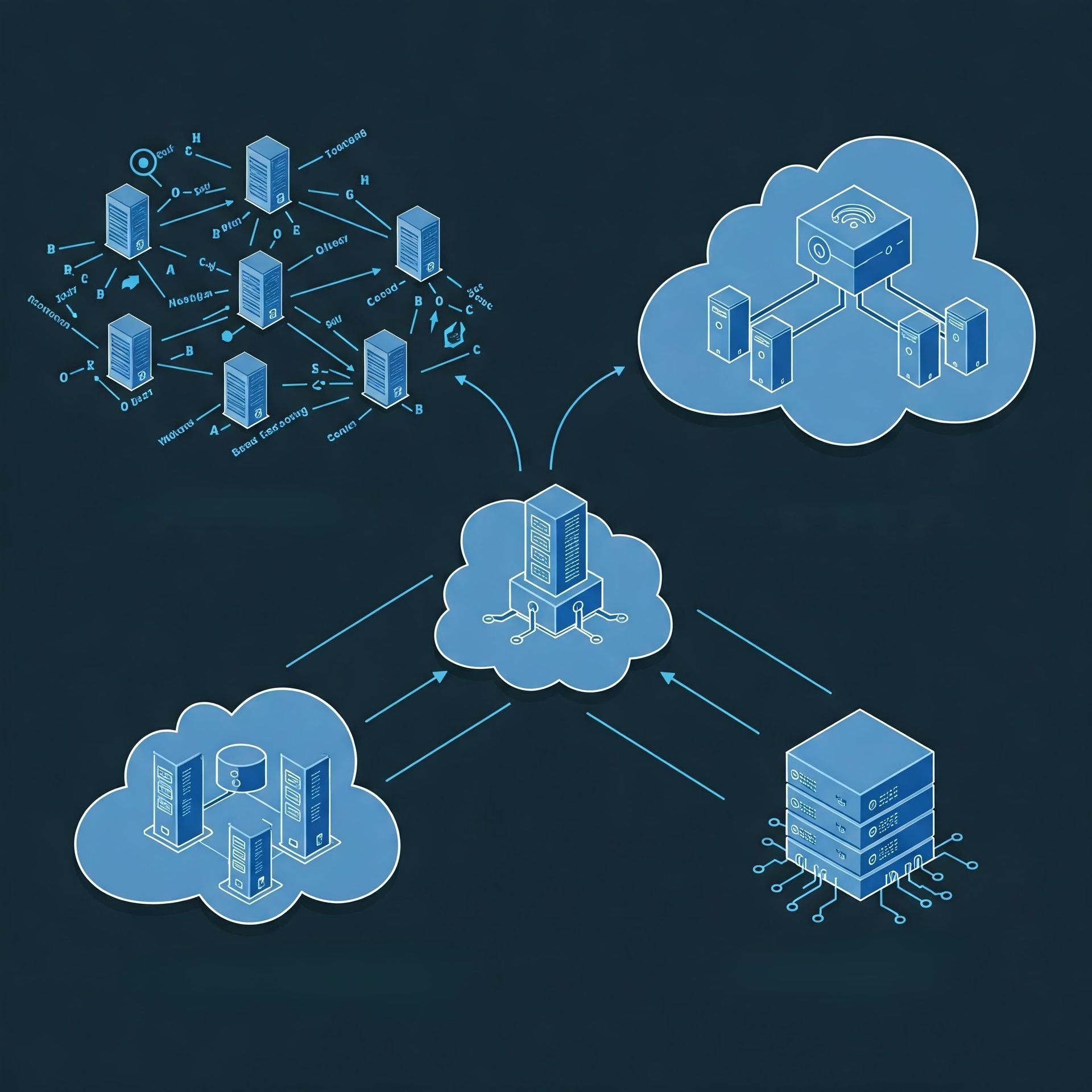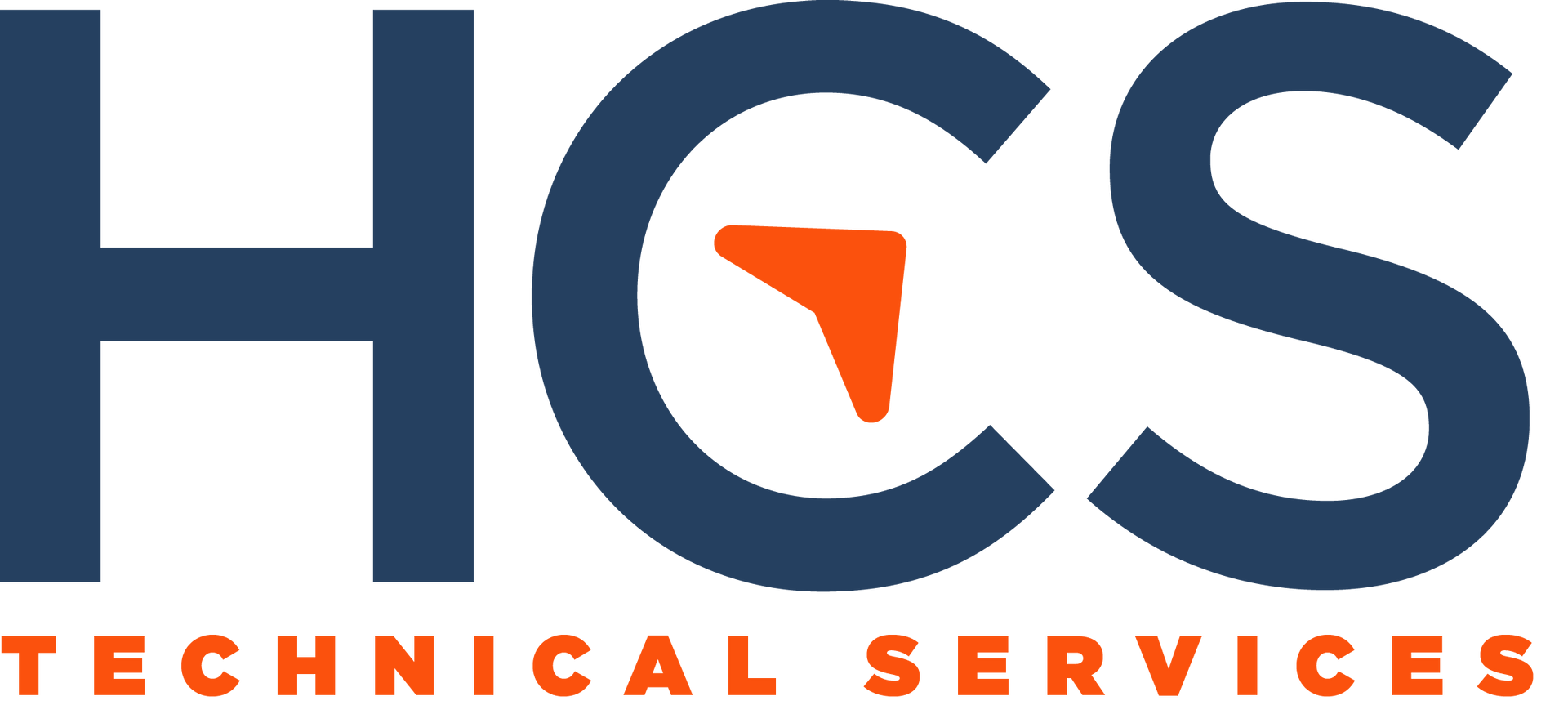Choosing the Right Cloud Model for Your Business Public Private or Hybrid
Choosing the Right Cloud Model for Your Business: Public, Private, or Hybrid

Understanding Cloud Models and Their Importance
The advent of cloud computing has revolutionized the way businesses handle their IT needs. With several types of cloud models available, choosing the right one for your business can be crucial for operational efficiency and cost management. Cloud models generally fall into three categories: public, private, and hybrid. Each model offers distinct advantages and challenges, and the choice among them typically depends on a business's specific requirements, budget, and objectives. Public clouds are managed by third-party providers and offer scalable resources over the internet, making them appealing for businesses looking for cost-effective solutions with broad accessibility. Private clouds, on the other hand, offer dedicated environments, either on-site or off-site, ideal for businesses needing enhanced security and performance control. Hybrid clouds combine elements of both public and private clouds, allowing greater flexibility by enabling data and application movement between environments. For businesses in San Marcos, Austin, Wimberley, and New Braunfels, choosing the right cloud model involves assessing factors such as data sensitivity, compliance requirements, and IT infrastructure capabilities. Understanding these cloud models can significantly aid in leveraging their benefits, optimizing resource allocation, and ensuring seamless business operations.
Exploring Public Cloud Benefits and Challenges
Public clouds provide an excellent option for businesses aiming to reduce IT costs and quickly deploy applications. These cloud services are hosted by providers such as Amazon Web Services (AWS), Microsoft Azure, and Google Cloud, offering high scalability and a pay-as-you-go pricing model. This is particularly beneficial for startups and small to medium-sized enterprises (SMEs) that need to manage their cash flow efficiently while accessing enterprise-grade technology. The convenience of public clouds enables employees to access data and applications from anywhere, promoting productivity and collaboration across geographical boundaries. However, the primary challenge with public clouds lies in data security and compliance. Being managed externally, businesses may lack control over security measures directly, which can be a significant concern for those handling sensitive or regulated data. Therefore, businesses must carefully scrutinize their provider's security protocols and ensure they align with compliance standards essential to their industry. Partnering with a trusted IT support company, such as HCS Technical Services, can help mitigate these risks by ensuring robust data protection strategies are in place when utilizing public cloud services.
Weighing the Benefits of Private Clouds
Private clouds are favored by businesses that require a more controlled and secure IT environment. They offer a dedicated infrastructure, either on-premises or hosted by a third-party provider, tailored to the organization's specific needs. This is particularly advantageous for industries that deal with sensitive information, such as healthcare or finance, where compliance with regulations like HIPAA or GDPR is paramount. With private clouds, businesses benefit from improved security measures, as they can customize their environment to meet stringent security demands and maintain direct control over data governance. Additionally, private clouds can provide better performance due to dedicated resources, reducing the risk of latency issues that may occur with shared environments. However, such benefits come at a higher cost, as businesses are responsible for maintaining the infrastructure and ensuring regular updates and security patches. Consequently, the decision to opt for a private cloud should be informed by a thorough cost-benefit analysis and aligned with the company’s long-term strategic IT goals. HCS Technical Services can assist businesses in assessing whether a private cloud solution is the right fit and provide ongoing support to manage such environments efficiently.
Leveraging Hybrid Cloud Flexibility
The hybrid cloud model offers the best of both worlds by integrating public and private cloud features. This model provides businesses with greater flexibility and a strategic balance between cost-effectiveness and security. With hybrid clouds, businesses can allocate resources based on their specific needs, keeping sensitive data in the private sphere while using public cloud resources for less critical applications and tasks. This adaptability is especially beneficial for businesses with fluctuating workloads or those planning for growth, as it allows scalability without significant upfront infrastructure investment. Additionally, hybrid clouds enable seamless data flow between environments, enhancing operational efficiency and supporting comprehensive disaster recovery strategies. However, managing a hybrid cloud can be complex, involving multiple environments and necessitating robust integration and interoperability strategies. Businesses must ensure that their IT infrastructure supports this complexity and that their workforce is adequately trained to handle the hybrid environment. By choosing HCS Technical Services as a partner, businesses can effectively design and manage hybrid cloud strategies, ensuring that they maximize benefits while minimizing complications and costs.
Critical Considerations When Choosing a Cloud Model
Selecting the right cloud model for your business involves careful evaluation of several critical factors. The primary considerations include data security, compliance requirements, budget constraints, and business objectives. For businesses in regulated industries, compliance with standards such as GDPR, HIPAA, or CCPA can significantly influence the choice of cloud model. Furthermore, understanding the sensitivity and volume of data your business handles will guide whether your data is best suited for public, private, or hybrid environments. Budget considerations play a pivotal role since private clouds typically involve higher costs compared to public clouds. Identifying your business's strategic goals, such as scaling operations, improving productivity, or enhancing disaster recovery capabilities, will also influence your decision. Additionally, technical considerations such as integration capabilities, existing IT infrastructure, and desired levels of control and customization should be factored into the decision-making process. By conducting a comprehensive technology evaluation and risk assessment with the help of HCS Technical Services, businesses can secure an informed decision that aligns with their unique needs and positions them for future success.
Partnering with HCS Technical Services for Cloud Success
Choosing the right cloud model is a strategic decision that can significantly impact your business's operational efficiency and competitive advantage. At HCS Technical Services, we are committed to helping businesses in San Marcos, Austin, Wimberley, and New Braunfels navigate the complexities of cloud computing. Our expert team is equipped to provide tailored recommendations and solutions that align with your business goals and IT strategy. With over 25 years of experience, we bring unparalleled expertise in managed IT services, cybersecurity, and cloud computing to the table. Our approach focuses on understanding your business's specific challenges and delivering a responsive partnership that ensures your cloud transition is seamless and successful. From initial consultation to ongoing support, HCS Technical Services offers comprehensive cloud solutions, including Microsoft 365 integration and secure data management, designed to optimize productivity and enhance security. Partner with us to unlock the full potential of cloud technology and drive your business forward. Contact HCS Technical Services today to explore how we can help you choose and implement the ideal cloud model for your business.
HCS Technical Services











